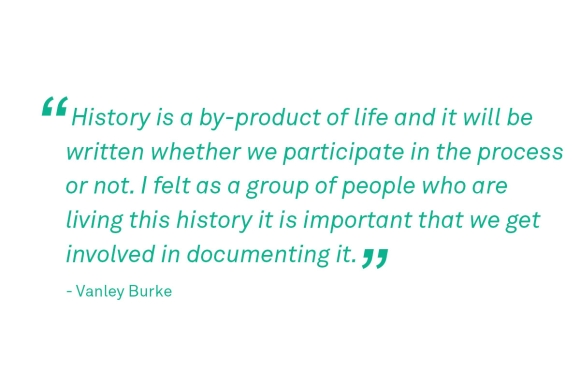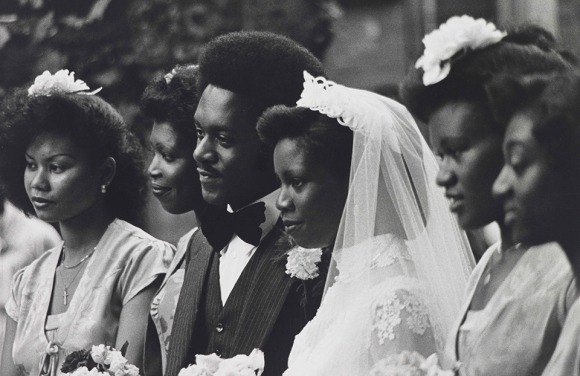This month, curator and writer of art criticism, Eddie Chambers, explores the work of Permindar Kaur, whose work, Innocence, 1993 (pictured) features in the latest Arts Council Collection Touring Exhibition, Breaking the Mould: Sculpture by Women since 1945.
Around the time of her postgraduate study at Glasgow School of Art in the early 1990s, sculptor Permindar Kaur developed a remarkable series of work that, on occasion and with great artistic dexterity, intelligently reflected on cultural dimensions of her heritage and background. One such piece, Innocence had been included in The British Art Show of 1995. Kaur frequently employs scale as a dramatic and at times disquieting aspect of her sculpture, and in Innocence, we see a perfectly made dress for a small child, created of the orange-coloured fabric we associate with Sikhism, the Indian monotheistic religion that originated in the Punjab.
What enables us to link Innocence, with religious associations is the khanda or khanja, a small double-edged blade held in place by a sash that runs diagonally from a shoulder of the dress. The addition of the small sheathed implement (symbolising the kirpan, one of the five K’s of the Sikh religion) is what gives Innocence its arresting and unsettling characteristics. Set against a black background, Innocence is a perfectly balanced composition.
Kaur’s practices as a sculptor are also characterised by a bold and highly creative approach to the materials she uses. From scaled down cubic structures, evocative of simple, humble dwellings, made from sheets of plate glass, to an oversized representation of her own head, made from lengths of meticulously welded steel, there is a wondrous attachment to materiality in her work. Within all of Kaur’s pieces, such as Innocence, there is copious evidence of the highly skilled use of her materials. From stitching to welding, from carpentry fabrication, her visually striking work obliges us to engage no end of meanings. Playful yet unsettling, visually striking yet understated, Innocence is one of a number of works that define a particular period of productivity by a remarkable artist.



